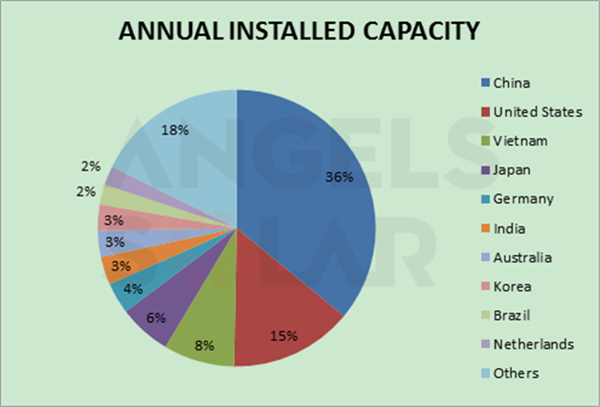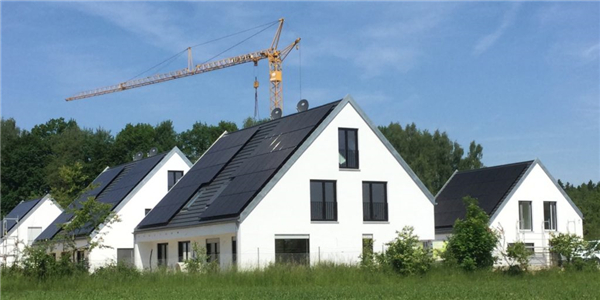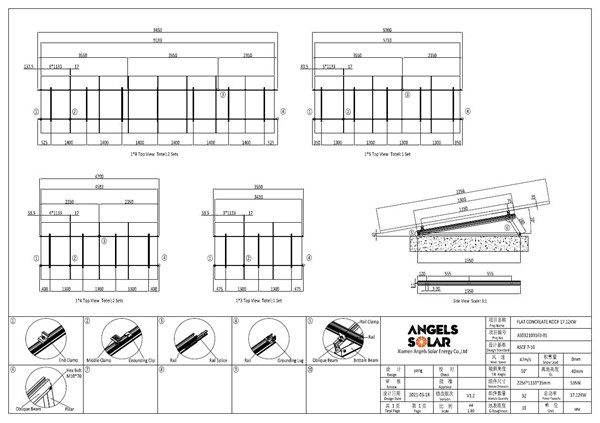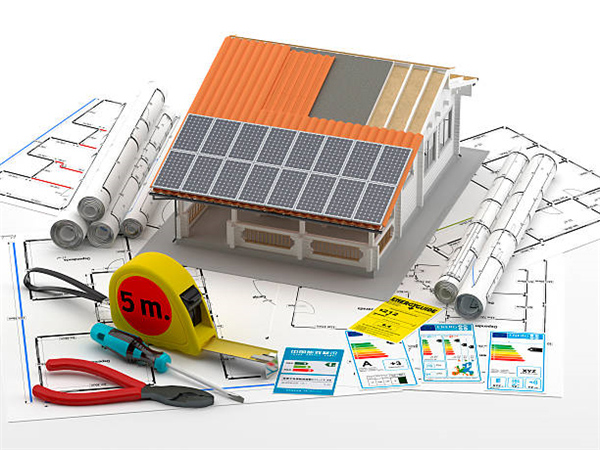Although the COVID-19 epidemic broke out and prevailed in the past year or so, the global photovoltaic market has once again achieved significant growth. As of the end of 2020, the global cumulative photovoltaic installed capacity is 760.4GW. Among them, China, the European Union and the United States rank among the top three in the world with the scale of 253.4GW, 151.3GW and 93.2GW respectively.
| China | 253,4GW |
| European Union | 151,3GW |
| United States | 93,2GW |
| Japan | 71,4GW |
| Germany | 53,9GW |
| India | 47,4GW |
| Italy | 21,7GW |
| Australia | 20,2GW |
| Vietnam | 16,4GW |
| Korea | 15,9GW |
| UK | 13,5GW |
With the outbreak of rooftop photovoltaic in Vietnam and the partial growth of Australia, Germany and the United States, rooftop photovoltaic capacity has achieved a significant increase in 2020. It will continue to flourish in 2021, with an estimated installed capacity of 148GW, an increase of 11% year-on-year. Solar rooftop photovoltaic power stations have become an important part of the photovoltaic installation capacity.

Are residential solar panels worth it in 2021?
The answer depends on many factors including where you live, how much roof space you have, if your roof is shaded, how much power you use, what your local utility charges you for electricity, and the prices offered by local solar companies.

Is my roof suitable for installing solar panels?
When trying to determine if solar panels are worth it for you, consider the size, direction, pitch, and the amount of shading your roof has. Large, unshaded, southern-facing roofs are the most ideal for solar production.

After you understand these in detail, you can consult us, we can help you draw and design the installation plan for free ^_^

Our solar panel layout design will allow you to draw solar panels on your roof to see how many can fit, where they should go, and how much electricity they will produce.
If you have more questions, please remember to consult us.

Part of the article excerpted from the network, infringement contact deleted.